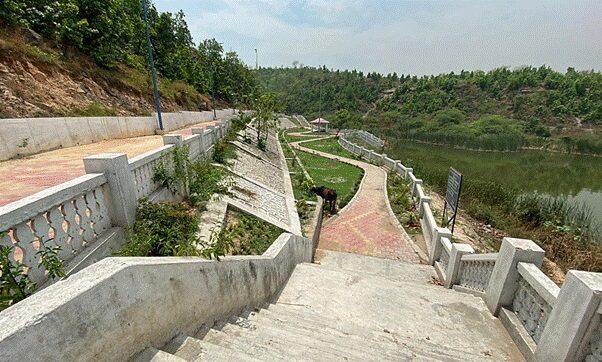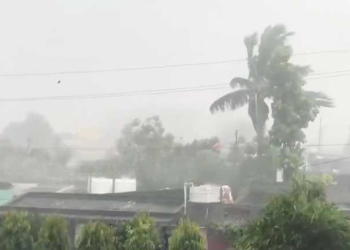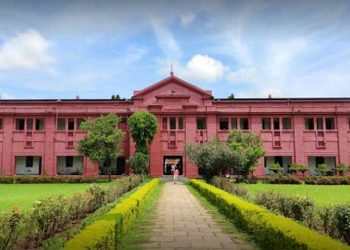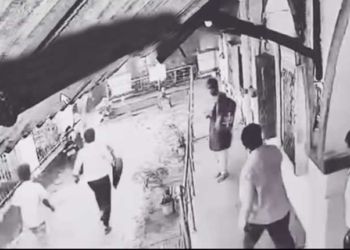Bhubaneswar: Coal India Limited (CIL) is in the process of converting its abandoned mines into eco-parks which have become popular as eco-tourism destinations. These eco-parks and tourism sites are also proving to be a source of livelihood for local populace. Thirty such eco-parks are already attracting steady footfalls and plans are afoot for creation of more eco parks and eco-restoration sites in CIL’s mining areas.
Some of the popular destinations that provide further fillip to coal mine tourism include Gunjanpark, ECL, Gokul eco-cultural park, BCCL, Kenapara eco-tourism site and AnanyaVatika, SECL, Krishnashila eco restoration site and Mudwani eco-parks, NCL, Ananta medicinal garden, MCL, BalGangadhar Tilak eco park, WCL and Chandra Sekhar Azad eco park, CCL.
“No one could have predicted that an abandoned mined-out land could be transformed into a buzzing tourism destination. We are enjoying boating, the beautiful waterbody with the adjoining greenery and having lunch on a floating restaurant,” said a visitor at Kenapara eco-tourism site developed by SECL in Surajpur district, Chhattisgarh. “Kenapara has promising tourism potential and is also a good source of income for the tribal people,” the visitor added.
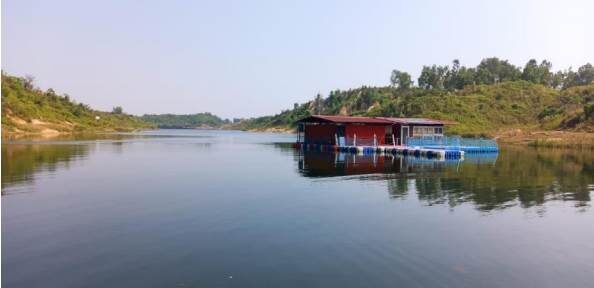
Similarly, the Mudwani eco-parks recently developed by NCL in Jayantarea of Singrauli, Madhya Pradesh has a landscaped water front and pathways. “In a remote place like Singrauli, where there isn’t much to see, the Mudwani eco-park is seeing a surge in visitors due to its beautiful landscape and other recreational facilities,” said a visitor.
Besides the above, during 2022-23, CIL has already surpassed its annual plantation target of 1510 hectares by expanding its green cover to 1610 hectares. The company has planted over 30 lakh saplings in the current fiscal. In the last five fiscals till FY ’22, 4392 hectares of greening inside the mine lease area has created a carbon sink potential of 2.2 LT/year.
CIL is also using new techniques like seed ball plantation, seed casting through drones and Miyawaki plantation in its various mines. Mined out areas, overburden dumps etc are concurrently reclaimed as soon as they get delinked from the active mining zones. Various species for biological reclamation is selected in consultation with central and state-aided expert agencies. Monitoring of land reclamation and restoration is being done through remote sensing and as of now around 33% area is under green cover.




